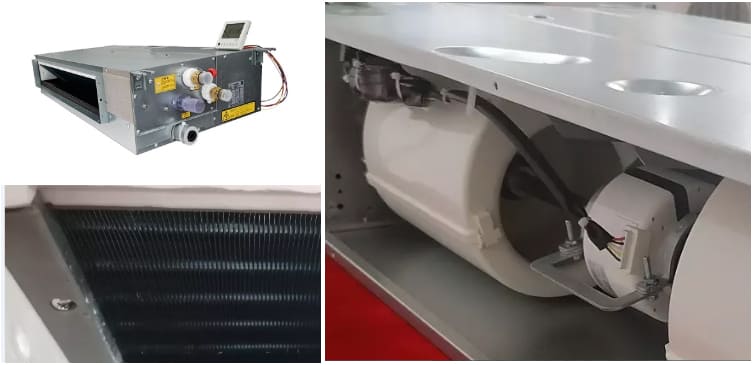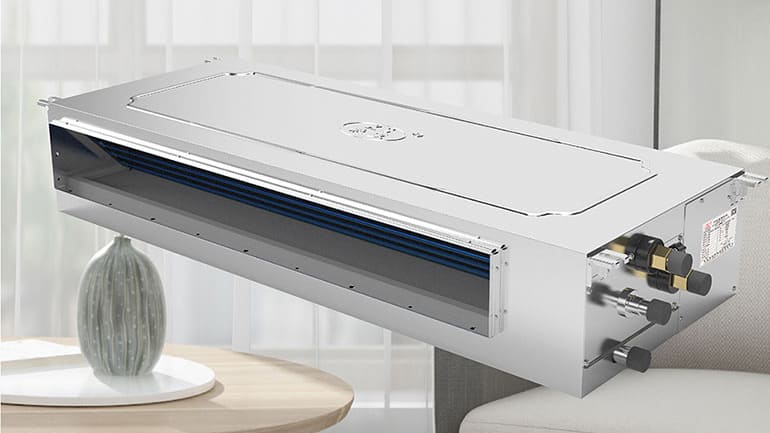Fan Coil Units (FCUs) are commonly used in commercial and residential buildings for space conditioning. They consist of a fan, a heating and/or cooling coil, and controls that regulate the fan speed and temperature. Understanding the controls and settings of an FCU is crucial for achieving optimal comfort and energy efficiency. This article will delve into the rules and settings commonly found in FCUs.
Thermostat Controls:
The thermostat is the primary control mechanism for an FCU. It senses the room’s temperature and signals the FCU to turn the fan and heating or cooling coil on or off. There are two main types of thermostats: mechanical and electronic.
Mechanical thermostats are the most basic type and are typically found in older buildings. They have a dial or lever to set the desired temperature. When the temperature in the room drops below the set point, the thermostat sends a signal to the FCU to turn on the heating coil and fan. When the temperature reaches the set point, the thermostat signals to turn off the heating coil and fan.
Electronic thermostats are more advanced and offer more precise control over the temperature. They have a digital display and buttons to adjust the setpoint. Some electronic thermostats also have programmable features that allow users to set different temperatures at different times of the day or week.

Fan Controls:
The fan speed can be adjusted to achieve the desired airflow rate and noise level. There are typically three or four fan speed settings: low, medium, high, and sometimes an extra-high location. The fan speed is adjusted using a fan speed switch or controller.
A fan speed switch is a simple switch that allows the user to select one of the available fan speeds. A fan speed controller is a more advanced device that allows the user to adjust the fan speed continuously. This can be done manually or automatically using a control signal from the thermostat.
Mode Controls:
The mode controls allow the user to select the operating mode of the FCU. There are three main modes: heating, cooling, and fan-only.
Heating mode is used when the room temperature is below the set point, and the heating coil needs to be turned on to warm the room.
Cooling mode is used when the room temperature is above the set point, and the cooling coil needs to be turned on to cool the room.
Fan-only mode is used when the room temperature is comfortable, but air circulation is needed. In this mode, the fan runs without the heating or cooling coil.

Other Settings:
Other settings found in FCUs include:
Airflow direction: Some FCUs can change the direction of the airflow. This can be useful in rooms with multiple occupants or with drafts.
Timer: Some FCUs have a timer feature that allows the user to set the FCU to turn on or off at specific times.
Filter indicator: Many FCUs have a filter that needs to be cleaned or replaced periodically. A filter indicator light or alarm can remind the user to perform this maintenance task.
Conclusion:
Understanding the controls and settings of an FCU is essential for achieving optimal comfort and energy efficiency. The thermostat, fan speed control, and mode controls are the primary controls. Other settings, such as airflow direction, timer, and filter indicator, can also be helpful. It is essential to read the manufacturer’s instructions and follow recommended maintenance procedures to ensure the FCU operates as intended.


